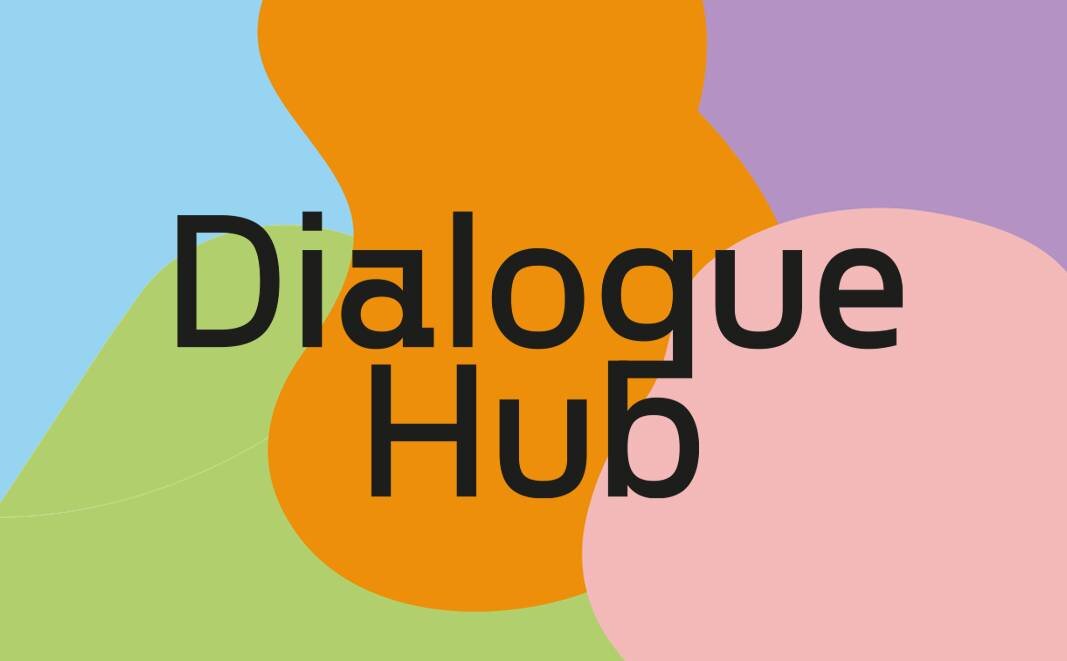Why Words Matter: Using Correct Terminology
Ages: 15+
Time: 1 class period
Learning Objectives:
Students will learn words related to blindness and vision-impairment
Students will understand the importance of using the correct terminology when speaking about groups of people.
Materials:
Steps:
Activate Thinking: Ask students to discuss the following question with a partner:
How do we categorize groups of people? What groups do you consider yourself a part of?
Discuss: Ask students to share. Push the dialogue here with their examples. Ask them if they prefer to be called children or young people, students, pupils, etc. Encourage debate and sharing of different viewpoints. It’s important that students start to recognize that some labels feel different than others, and they can articulate why.
Activity: Using the resources that you have (classroom dictionaries or digital devices) have students look up the definitions of the words provided on the attached sheet. Encourage them to find the etymology as well.
When the groups have finished, go through the list, leaving room for discussion where it arises.
Closing Discussion: What’s the difference between handicap and disabled? Which is preferable? Make sure students understand the etymology of handicap, and why it’s no longer used. Older students might discuss the difference between able-bodied (no longer preferred) and non-disabled (preferred). Talk about the fact that personal preference is also important when choosing your own terms.
Further Resources: See GLOSSARY
